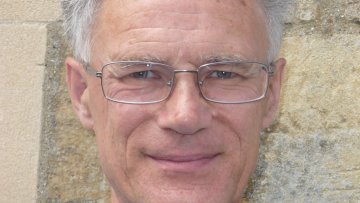Renormalisation of SPDE's
Abstract
Recent work in regularity structures has provided a robust solution theory for a wide class of singular SPDEs. While much progress has been made on understanding the analytic and algebraic aspects of renormalisation of the driving signal, the action of the renormalisation group on the equation still needed to be performed by hand. In this talk, we aim to give a systematic description of the renormalisation procedure directly on the level of the PDE, which allows for explicit computation of the form of the renormalised equation. Joint work with Yvain Bruned, Ajay Chandra, and Martin Hairer.


